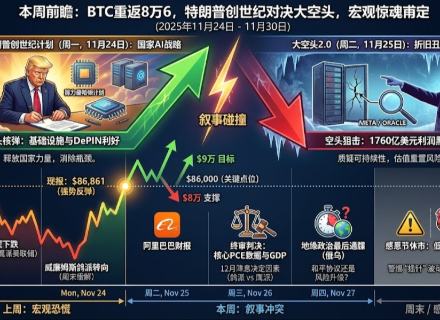China creates global digital RMB center, targets overseas use
- Digital RMB gains international center in Beijing
- Focus on blockchain and cross-border cooperation
- Hong Kong advances with e-HKD and stablecoins
China's central bank has decided to structure the digital yuan ecosystem with a new strategic asset in Beijing: the Digital RMB International Operations Center. The unit was created to design, operate, and maintain cross-border and blockchain infrastructure, connecting the digital RMB to domestic and foreign financial systems with a focus on international use.
With this, the project starts to work in “ two wings The newly established international center targets interoperability outside mainland China, while the existing Operations Management Center enhances domestic infrastructure by adopting local technologies and ensuring resilience and long-term growth in the use of the digital RMB.
Authorities and analysts see these two fronts as complementary. The goal is to create a cooperative system in which the external expansion of the digital yuan is supported by a robust technical base in the domestic market, reducing friction in payments and settlements and enabling integrations with international digital payment arrangements.
The movement aligns with initiatives in Hong Kong. After the second phase of the pilot, the local Monetary Authority is considering prioritizing e-HKD for institutional clients, especially in international transactions. At the same time, the discussion on yuan-backed stablecoins is gaining traction, including as a tool to strengthen the renminbi's presence in offshore markets.
The Bank of China also announced its intention to expand the currency's use in global trade, as well as promote the bilateral opening of financial markets in due course. The plan includes strengthening Shanghai and Hong Kong as international financial hubs and expanding an "independent, controllable, multi-channel, and broad-coverage" cross-border yuan payment system.
In the global debate on stablecoins, projections from major banks indicate that the segment could grow rapidly. Estimates suggest that the stablecoin market could create up to $1,4 trillion in demand for dollars by 2027, explaining why different jurisdictions are seeking their own, interoperable alternatives.
Today, USDT's dominance illustrates the current state of the industry: approximately 60% of the stablecoin market value, totaling around $308,26 billion, is tied to Tether's token. This context helps explain the rush by countries and financial centers to develop their own rails for digital currencies and stablecoins backed by local fiat currencies.
Disclaimer: The content of this article solely reflects the author's opinion and does not represent the platform in any capacity. This article is not intended to serve as a reference for making investment decisions.
You may also like
This Week's Preview: BTC Returns to 86,000, Trump’s Epic Showdown with Major Shorts, Macro Turmoil Just Settled
After last week's global market panic and subsequent recovery, bitcoin rebounded to $86,861. This week, the market will focus on new AI policies, the standoff between bears and bulls, PCE data, and geopolitical events, with intensified competition. Summary generated by Mars AI. The accuracy and completeness of this summary, produced by the Mars AI model, are still being iteratively improved.

At risk of being removed from the index? Strategy faces a "quadruple squeeze" crisis
Strategy is facing multiple pressures, including a significant narrowing of mNAV premiums, reduced coin hoarding, executive stock sell-offs, and the risk of being removed from indexes. Market confidence is being severely tested.

VIPBitget VIP Weekly Research Insights

How to plan a perfect TGE launch?
Most TGE failures are not due to poor products or inexperienced teams, but because their foundations were never prepared to face public scrutiny, competition, and shifts in narrative.

